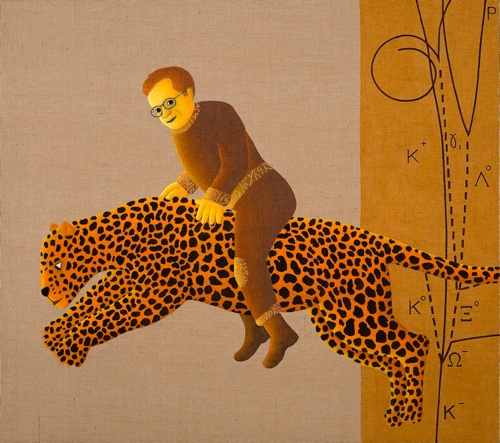Murray Gell-Mann (born 1929) was a child prodigy who entered Yale at the age of fifteen. He was awarded the Nobel Prize in 1969 for "his contributions and discoveries concerning the classification of elementary particles and their interactions." He co-founded the Santa Fe Institute in 1984 and is the author of The Quark and the Jaguar - Adventures in the Simple and the Complex. He is a polymath whose interests include physics, bird watching, archeology, historical linguistics and environmental studies.
Gell-Mann predicted the existence of quarks. The name originated in the James Joyce novel, Finnegan’s Wake. When Gell-Mann began his research approximately 100 sub-atomic particles had been discovered. His theory of The Eightfold Way, named after the Buddhist path, brought order to particle physics. The theory correctly predicted the existence of the Omega-minus particle and demonstrated that quarks are the fundamental building blocks of what is known as the "Standard Model" of particle physics.
In historical linguistics, contrary to commonly accepted academic theories, Gell-Mann believes that many languages may be descended from a single language that existed approximately fifteen thousand years ago.
At the Santa Fe Institute, he continues to encourage the study of "simplicity, complexity, regularity and randomness" and the search for a grand synthesis of theories in various academic disciplines. He believes that "beauty and elegance are effective criteria in choosing a theory in fundamental physics."

